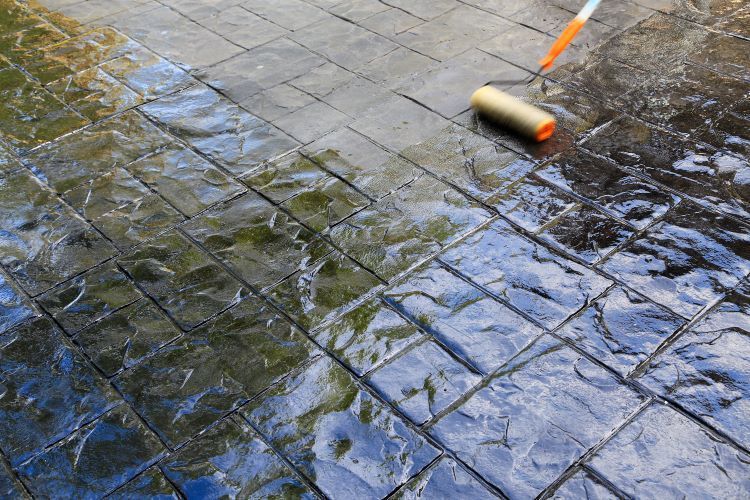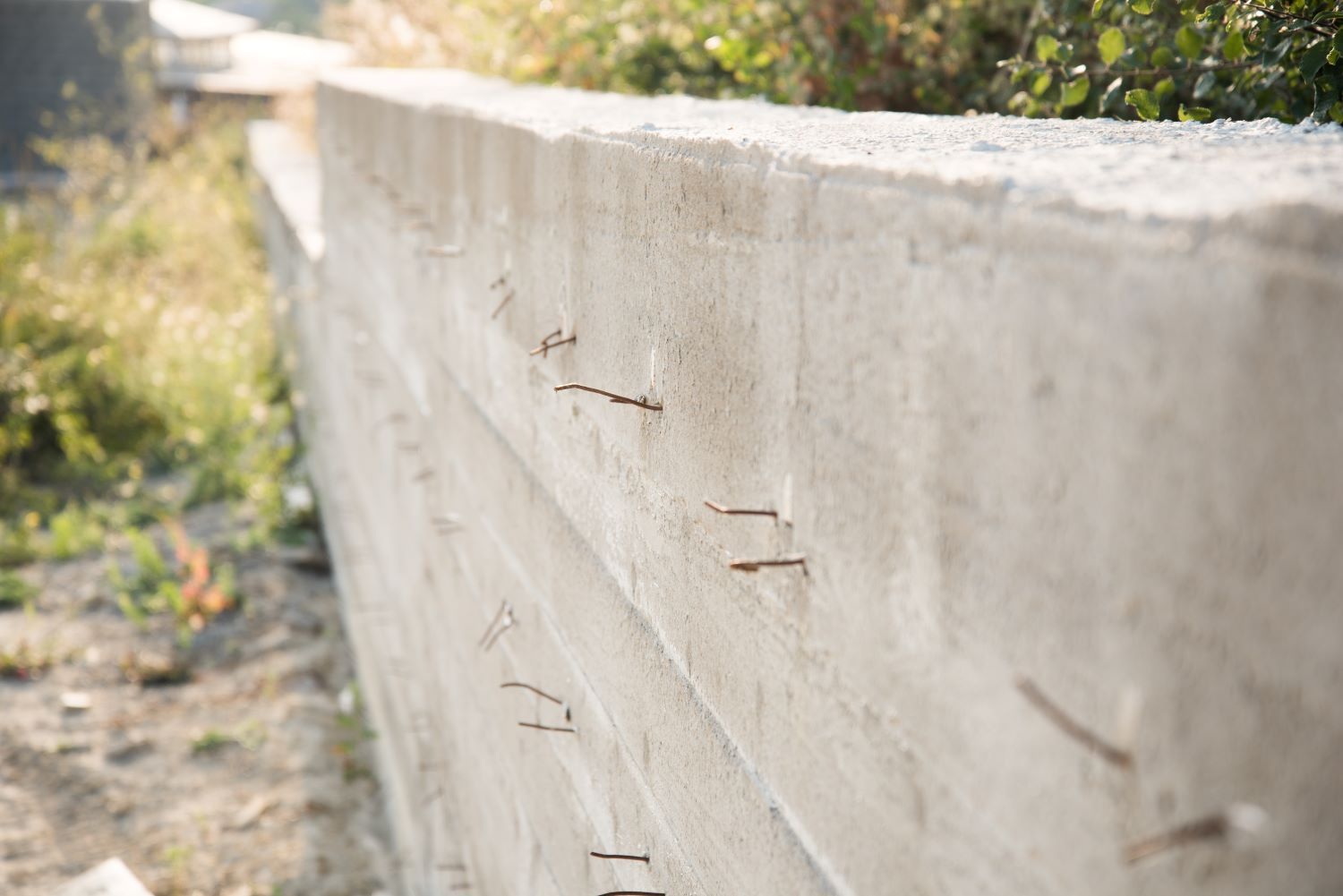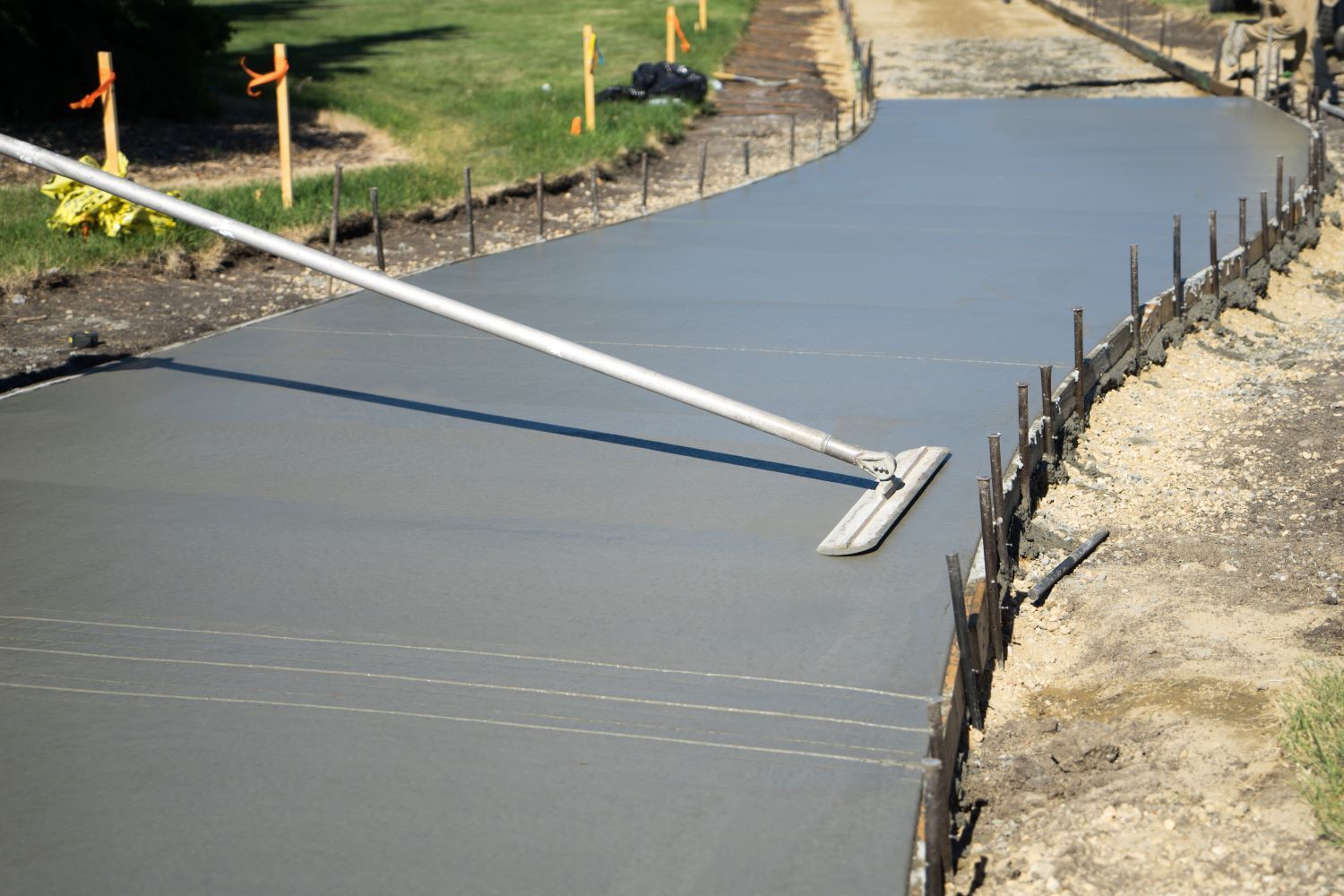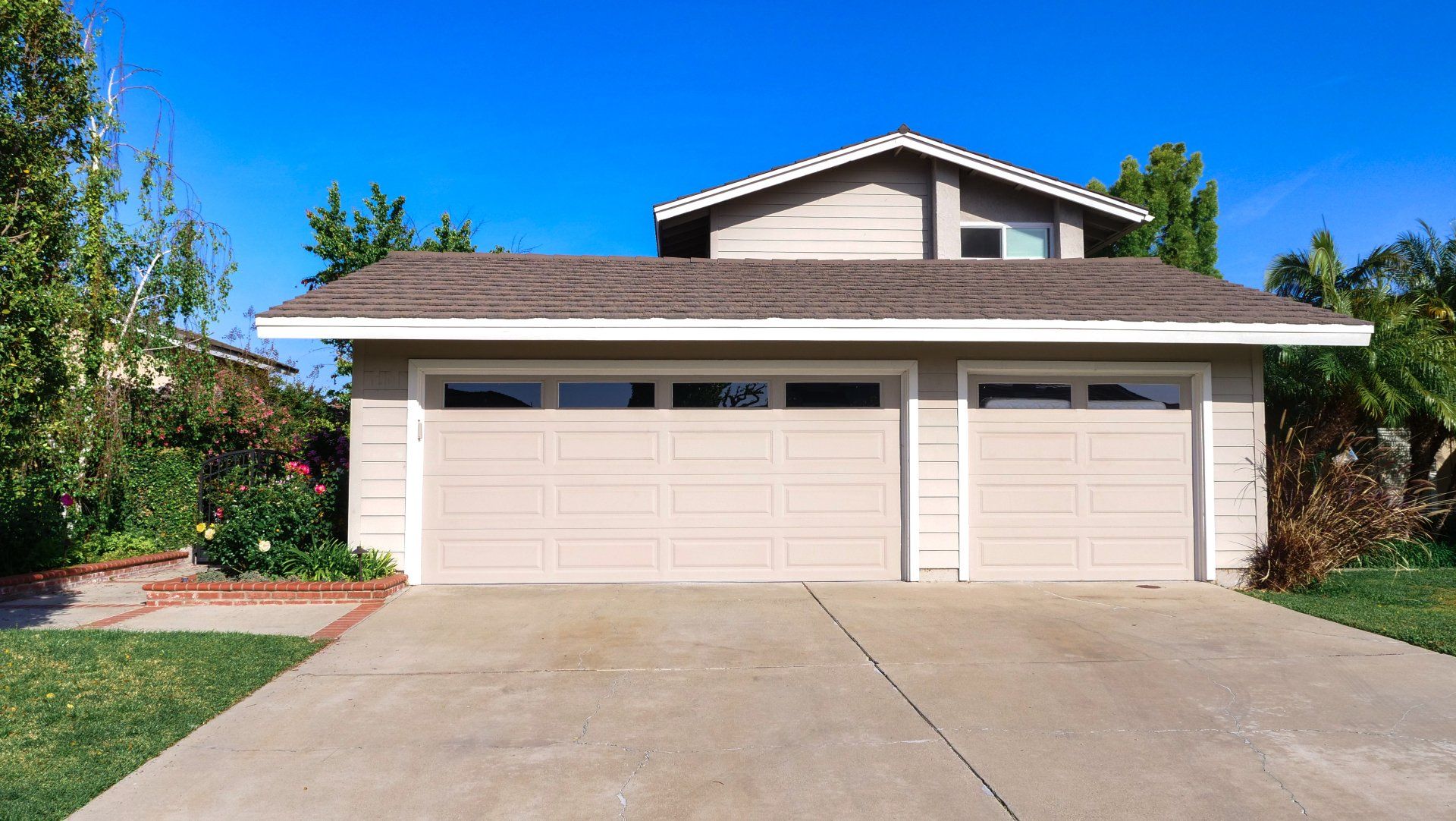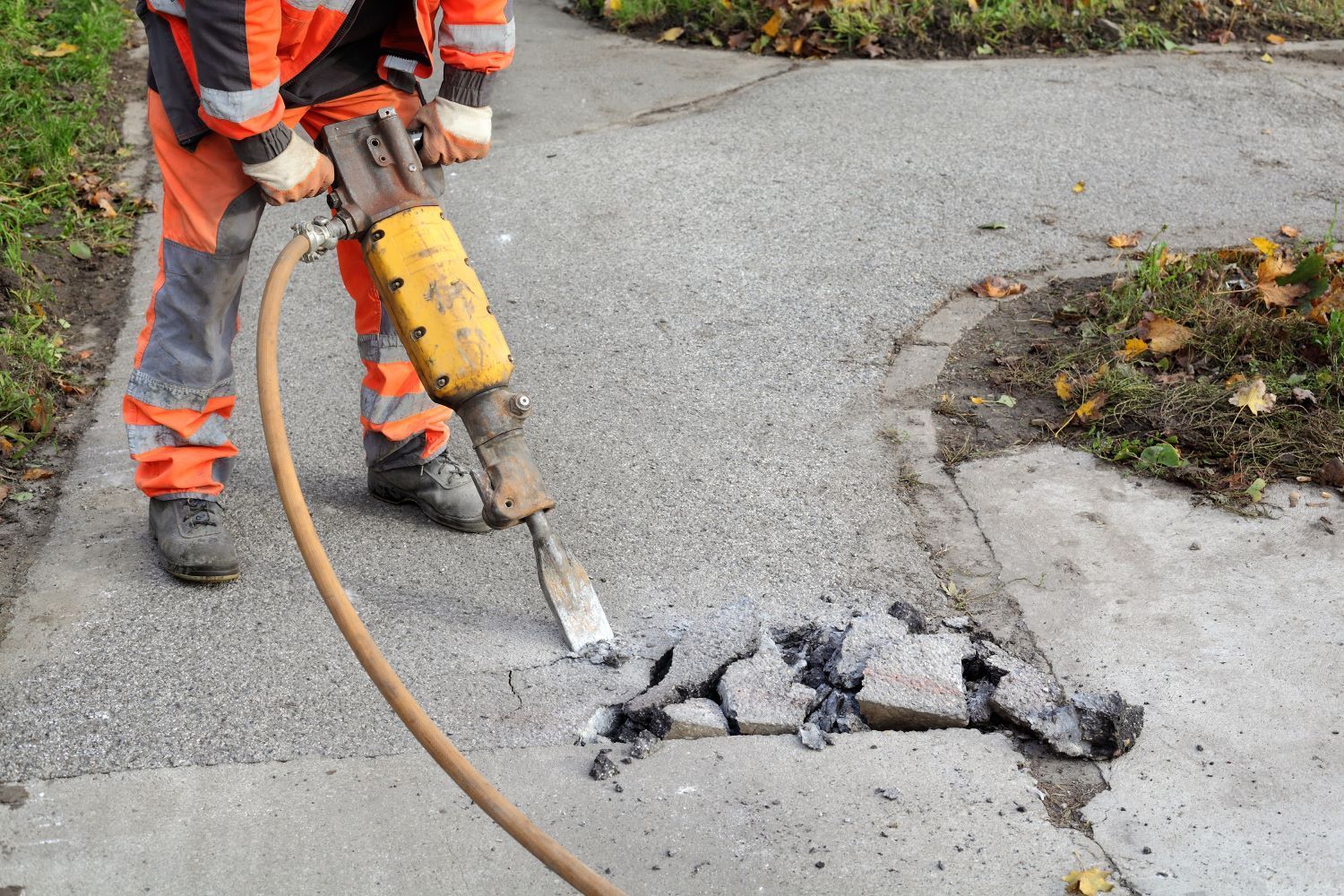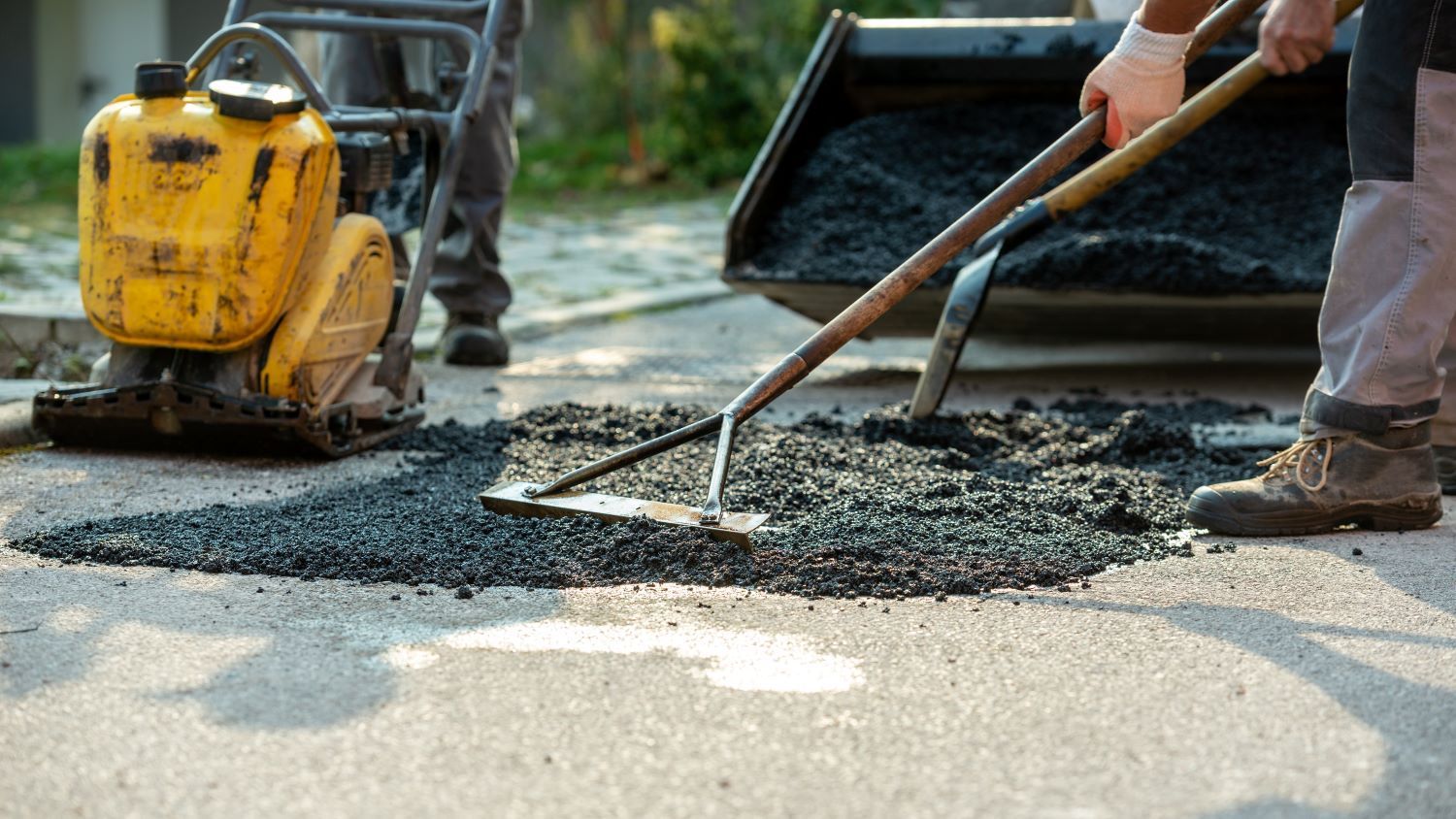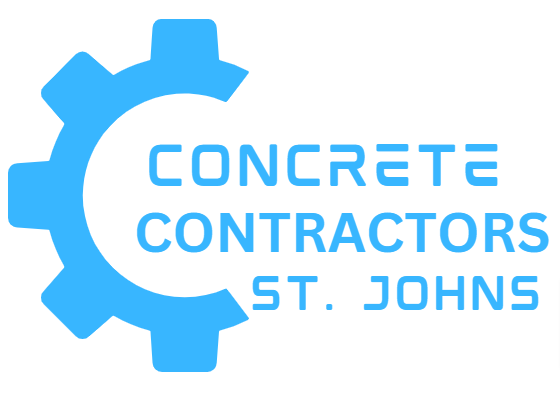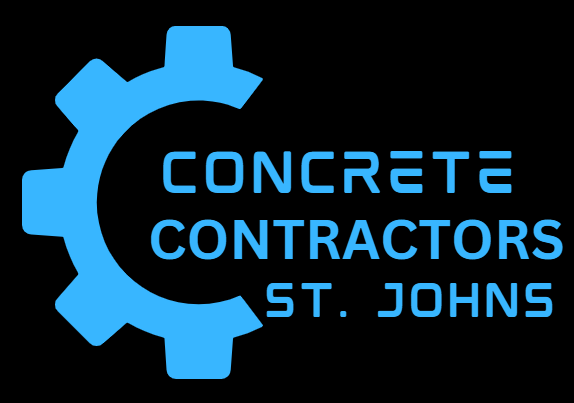Planning Your Concrete Pathway: Tips for a Long-Lasting Walkway

Creating a beautiful and durable concrete pathway is an excellent way to enhance the curb appeal and functionality of your St. John’s property. Whether you’re installing a new walkway to your front door, garden, or outdoor living space, careful planning is essential to ensure your pathway stands the test of time.
At Concrete Contractor St. Johns, we understand the unique weather challenges in Newfoundland and the importance of quality workmanship. Here are our top tips for planning a long-lasting concrete pathway that will keep your home looking great for years to come.
1. Choose the Right Location and Design
Before you pour any concrete, take time to plan the pathway’s location. Consider:
- Traffic flow: Design a path that matches natural walking routes.
- Functionality: Will it connect key areas like your driveway, porch, or garden?
- Aesthetics: Choose shapes and widths that complement your landscaping style.
A well-thought-out design not only looks better but also reduces the risk of premature wear.
2. Prepare a Stable Base
One of the most important steps in creating a durable concrete pathway is proper base preparation. A stable base prevents cracking and sinking over time.
- Excavate the area to a depth of about 6 to 8 inches.
- Compact the soil to eliminate air pockets.
- Add a layer of crushed gravel or stone (typically 4 inches) and compact it thoroughly.
This base layer provides drainage and support for the concrete slab.
3. Select the Right Concrete Mix
Not all concrete is created equal. For outdoor walkways, especially in the variable Newfoundland climate, choose a concrete mix designed for durability and resistance to freeze-thaw cycles.
- Ask your contractor for a mix with proper air entrainment.
- Consider additives that improve strength and water resistance.
The right mix ensures your pathway resists cracking, scaling, and weather damage.
4. Incorporate Control Joints
Concrete naturally expands and contracts with temperature changes. To avoid random cracking, your contractor will install control joints—intentional breaks in the concrete that allow movement.
- Control joints should be spaced about 5 to 8 feet apart.
- They can be tooled or saw-cut into the surface shortly after pouring.
Proper joint placement helps maintain the walkway’s clean appearance and structural integrity.
5. Apply Finishing Touches
The surface finish affects both the look and safety of your pathway. Common finishes include:
- Broom finish: Provides texture to prevent slipping.
- Stamped or textured finish: Adds decorative patterns and grip.
- Sealing: A quality sealer protects against water penetration, stains, and de-icing salts.
Discuss your preferences with your contractor to get a finish that balances beauty and function.
6. Plan for Proper Drainage
Water pooling on or near your concrete path can cause damage over time. Ensure your pathway is:
- Slightly sloped away from buildings.
- Integrated with drainage solutions if needed, such as French drains or channel drains.
Good drainage helps preserve the pathway and prevents foundation issues.
7. Maintain Your Concrete Pathway
Even the best-built pathways need care. Keep your walkway in top shape by:
- Cleaning regularly to remove debris and stains.
- Avoiding harsh chemicals or de-icers that can damage concrete.
- Repairing small cracks promptly to prevent further deterioration.
Routine maintenance extends the lifespan of your investment.
Why Choose Concrete Contractor St. Johns?
With years of experience serving St. John’s and surrounding Newfoundland communities, Concrete Contractor St. Johns offers expert guidance, quality materials, and skilled craftsmanship. We tailor each project to meet the local climate challenges and your personal style, ensuring your concrete pathway looks great and lasts for decades.
Ready to Build Your Perfect Concrete Pathway?
Contact Concrete Contractor St. Johns today for a free consultation and let us help you design and build a long-lasting, beautiful concrete walkway tailored to your property’s needs.
